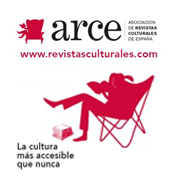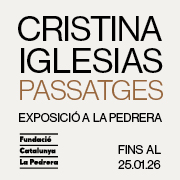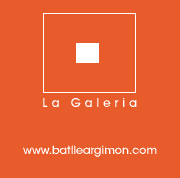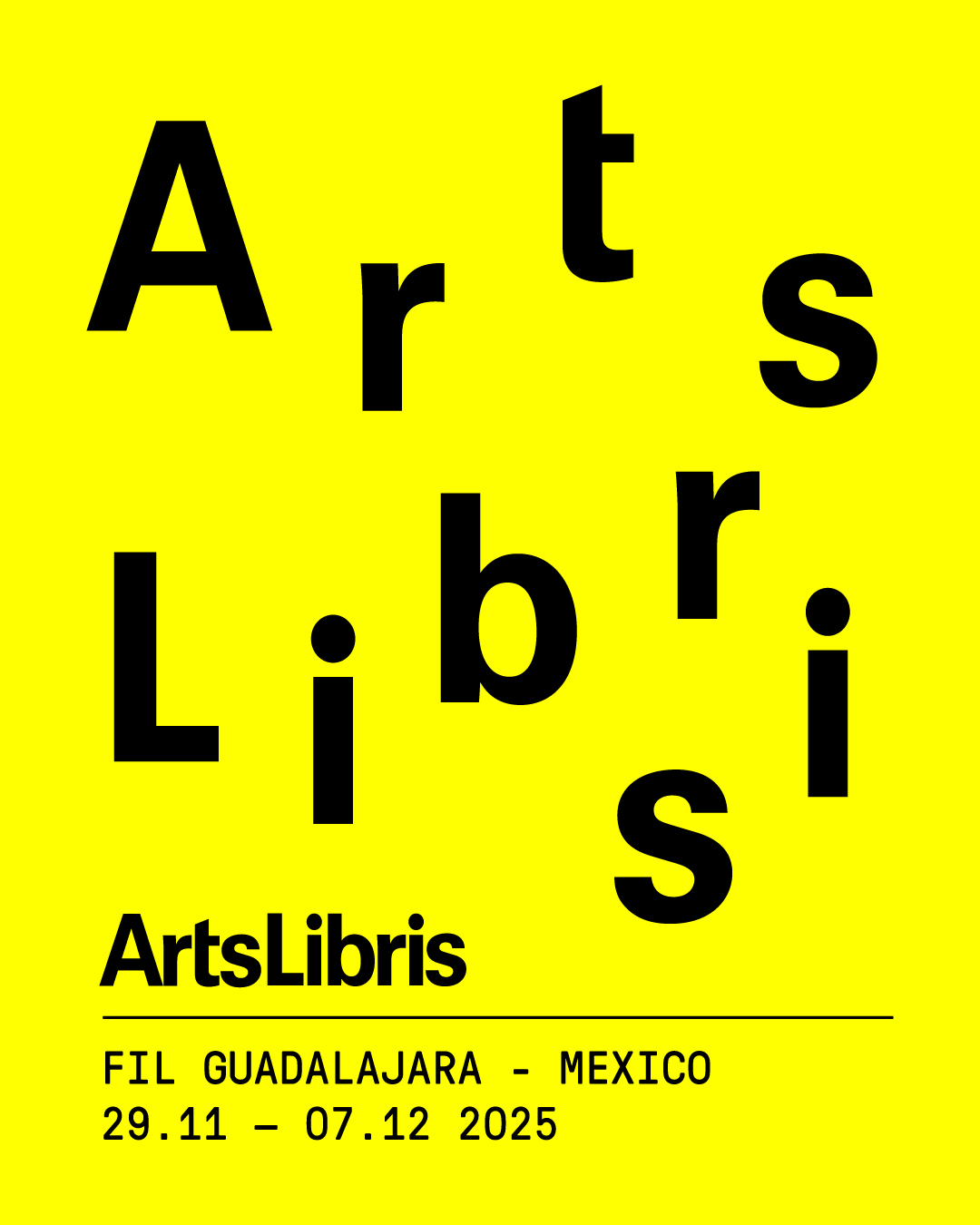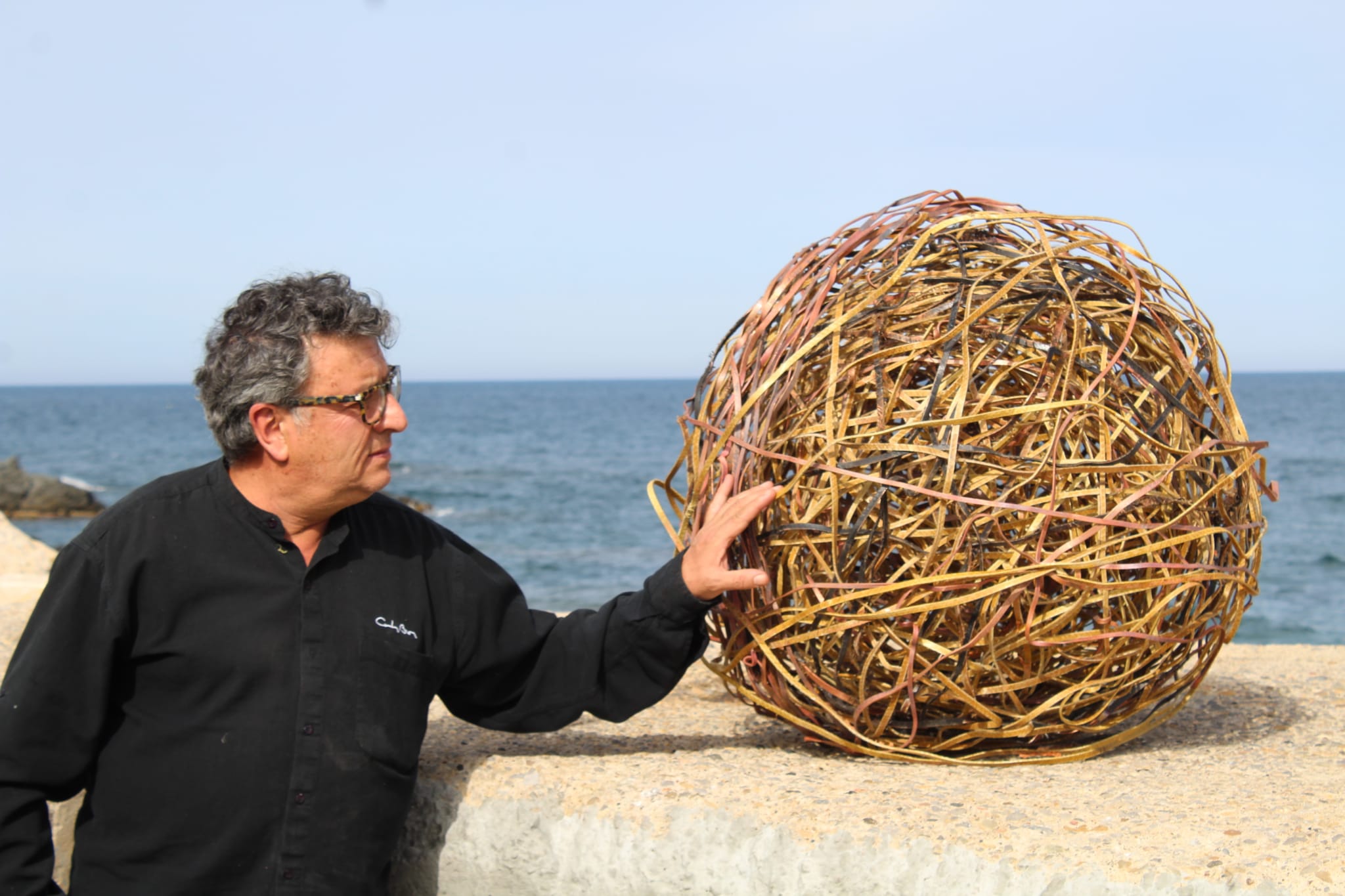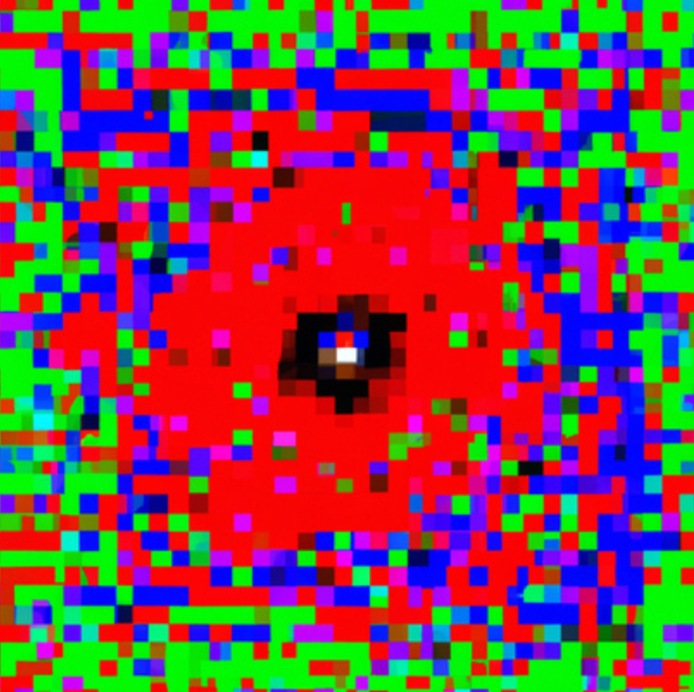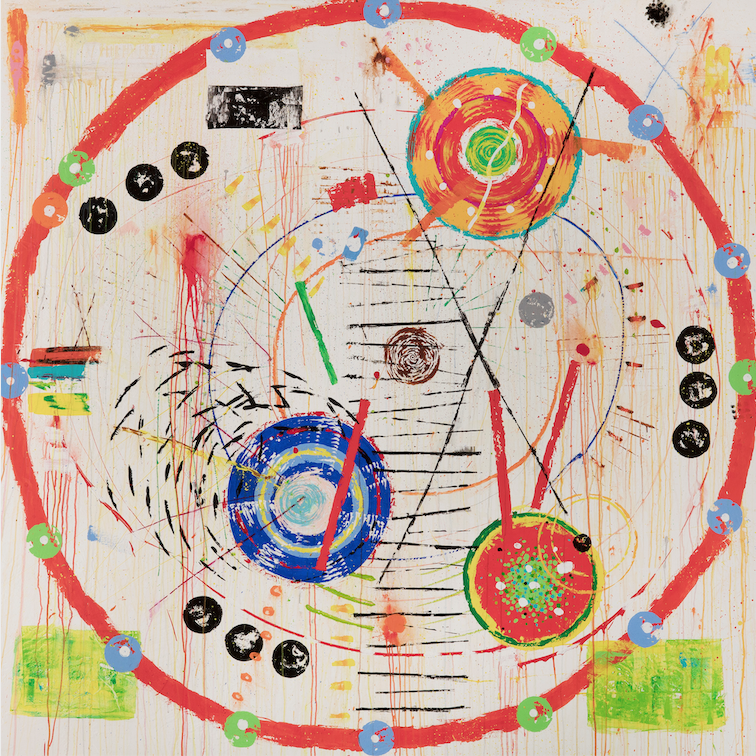interviews
Jaume Plensa: "I'd rather look at Laura's face than read the review"
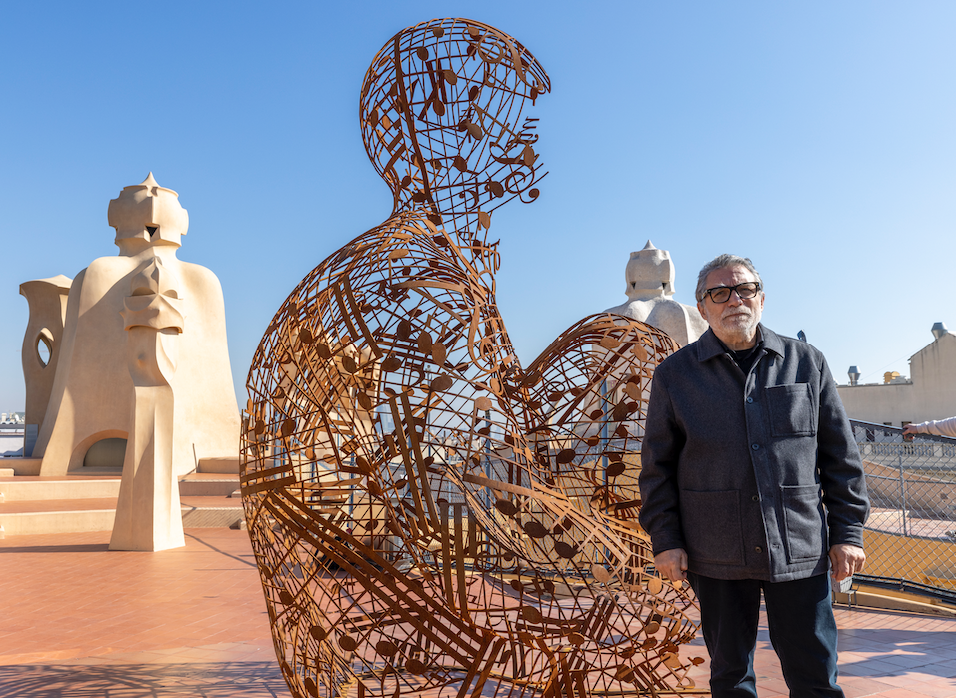
Jaume Plensa (Barcelona, 1955) is one of the most internationally recognized sculptors within the panorama of contemporary sculpture from the turn of the 20th to the 21st century. His current work focuses on the human figure, where two essential vectors converge: matter and words.
The Jaume Plensa exhibition. Poetry of silence , which can be visited until July 23 at the Fundación Catalunya La Pedrera , covers his production from 1990 to today, highlights some key aspects of Plensa's work as a sculptor and is articulated in the environment of the relationships between the creative universe of the artist and the letter as a constitutive element of his work. During the installation of the exhibition, Ricard Planas , editor of the bonart magazine, had the opportunity to share an enriching conversation with Jaume Plensa in which they reviewed the artist's past, present and future projects and delved into his thoughts , reflections and concerns that feed Jaume Plensa's work.
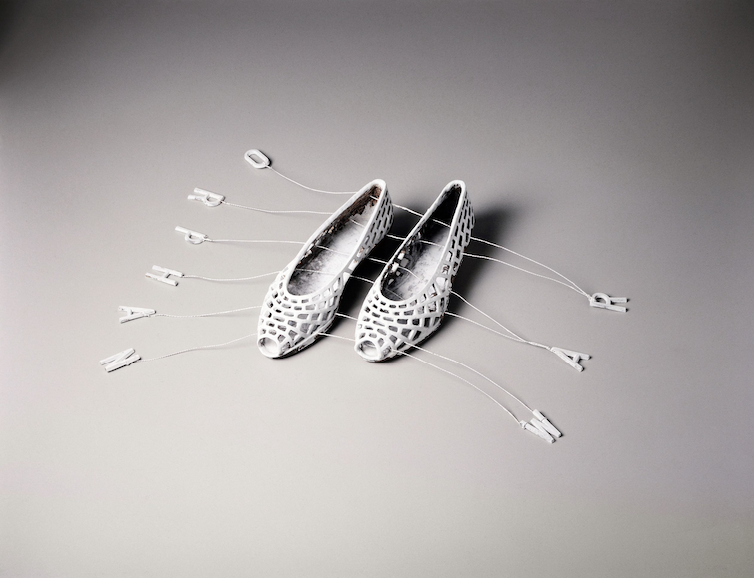
I read in a book of interviews that you said you didn't want to be in the media and wanted to be a parasite even though the media apparatus came to get you...
I think that sometimes it goes like baptism. Like for example when I did the installation in New Jersey, or how I did in New York or the exhibition at the Reina Sofia Museum, in which the piece is installed in the Plaza de Colón and it seemed to be very media in Madrid Now it's also happening in Barcelona. Suddenly, for a thousand reasons, the subject of the Liceu doors, the opera at the Liceu and the La Pedrera project have come together. It's a very peculiar moment but also super exciting.
We could say that your relationship with Barcelona is eternal. You didn't just do this installation. You have a lot of public sculpture. The 52-meter sculpture project was put on hold, but your presence has been a constant.
Barcelona is my city. I remember how much I did the exhibition at the Macba. It had been more than 25 years since I had exhibited in Barcelona and the sculptures I have are because I gave them away.
In this sense, many times in the artists there is always a drive to claim an appreciation of the place.
I am not claiming anything at all, I think the world has changed a lot. There is no longer a local artist concept. I never wanted to be the local artist. I remember how in 1983 I did an exhibition in Barcelona that had a brutal impact. And at that moment I thought it was time to disappear and I went to live in Berlin. I don't know, I think it's good that things come when they're supposed to come to you in their own time. It had also been twenty years since I did opera and I stopped because things also have their time. When I had the invitation from the Liceu, which was for its 175th anniversary, it made a lot of sense. Giussepe Verdi's Macbeth, which premiered at the Liceu and was an old dream that culminated my love for Shakespeare, was very exciting. In my city, theater, where I saw my first opera as a child. There are a thousand things, and now at La Pedrera, I have the opportunity to have a dialogue with Gaudí... I think it's extraordinary!
Relating to such powerful iconographies is not easy either. And also at the Sagrada Familia you were told to collaborate...
When Subirachs died they came to ask but I said no. I have another way to grow. I have had many invitations to Barcelona, but I think that the one at La Pedrera made me especially excited to be able to have this dialogue with a civil Gaudí, not with an ecclesiastical Gaudí. La Pedrera is an extraordinary example of his world. It is a piece dedicated to water and the sea, which is my great obsession. La Pedrera has many points of reference that made me very excited and I said yes right away.
You don't care about materials, you are more interested in the world of ideas, although ideas must be turned into materials. With this last era you have a way of doing things, with very heavy materials, with more 21st century ideas, use of new technologies, how do you see it?
I have always used the technology that this era has given me. I don't think that art is a problem of technology and technique. Thanks to these new technologies, I have always tried to ask the eternal questions that we ask ourselves from generation to generation. Ultimately, I believe that the great terrain of art is ideas. You are a child of an era and you must nourish yourself with all that information and everything that that era is offering you in order to try to go as deep as possible, ultimately to the great questions of all time...
Of all your works, the exhibition of your figures at the Museum of Modern Art in Ceret should also be highlighted. The human figure as an iconic symbol there comes in very strongly and helps make people latch onto it.
You know that I have been working with alphabets and letters for many years. This idea of trying to embrace the global world in a positive way saying "it's good that we are together keeping our identity". I continue to do it and work with the letters for many years. Since the Crown Fontaine project in Chicago, I filmed a thousand faces of faces that live in the city. The portrait captured me completely. More than the body was the head. For me, the head is the big place. It's where everything happens. It is the dark space of the brain where you have this world of dreams and realities, and sometimes being able to verify these things is less important if you have already verified and dreamed them. The head for me became a great element. I have always scanned women's heads and in parallel I work on this world of alphabets. The faces are of people from many countries and different cultures, which are like alphabets. This global world, this family we don't know, but we share common memories.
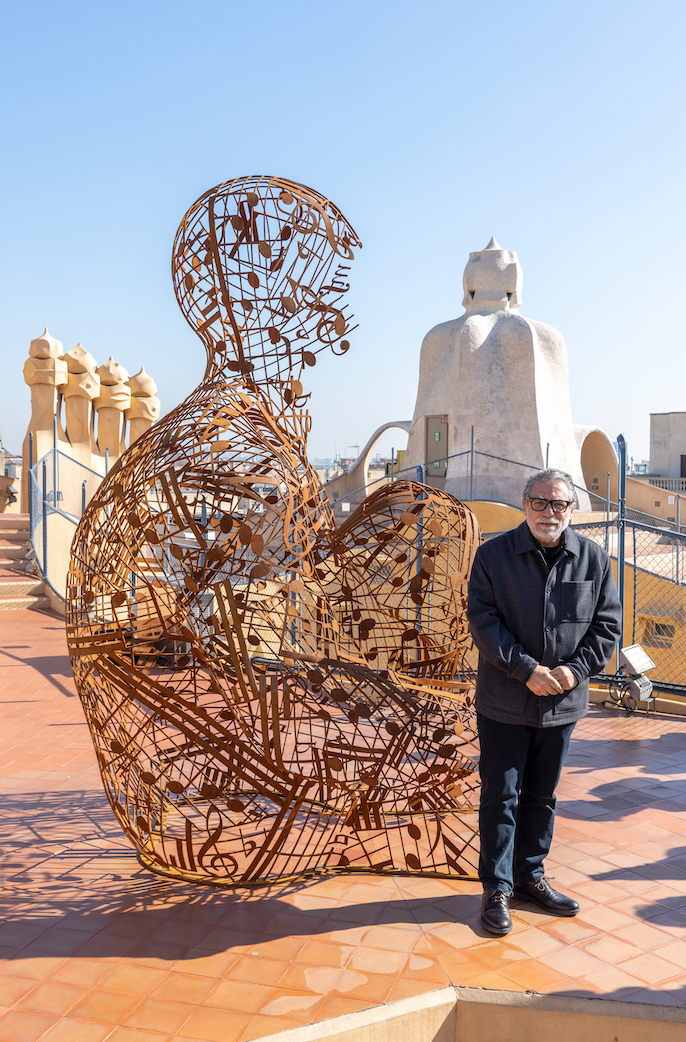
Was the piece Chicago a very important turning point for your career?
I used to work a lot in the US, but this piece came back with an iconic piece. It opened up new territory for many people to think about public space and how to articulate it. It was a hybrid between sculpture, urbanism, conceptual, etc. It was a collection of many sensations. that he had and that's where they ended. When I finished it I promised myself that I would not do something similar. I always wanted it to be a reference for Chicago. It is also located in a very emblematic place.
What is public sculpture for you? Have you interacted, have you suffered with politicians, urban planners, how do you feel? Do you take art out of normal spaces?
No, I think that art should not be taken out of the spaces. I think it has particular and unique rules. For me it has been a great balance with the exhibitions of galleries and museums to be able to work in the public space. You have no context. People to recognize as such in the jungle. When I put it on display in a museum it's supposed to be art, because it's in a museum, whether you like it or not. The work must survive by itself. I really like this idea. I am very interested in the individual and I really like how he reacts when he is with a group or a community. What I had already developed with the text, a letter is nothing. A word with a word, they make letters, a letter with another letter make texts, texts with texts, cultures, a neighborhood with another neighborhood makes a city, a city with a city makes a country, etc... Pass d 'the smallest to the most general, has always fascinated me. Art has the brutal ability to beautify everything around it. I have always strongly defended the concept of beauty, not of the work itself, but of the beauty it can generate around it.
Today in the 21st century, what is beauty for you?
It is very difficult. I think it's a kind of shock caused by something in front of us. There are many kinds of beauty. But you seem to recognize it, as if it gave you some kind of shock in your brain. I think we all have it stuck in our brains. This is not studied in universities.
The subject of education in universities, schools and museums...
I remember once in Iowa City, they installed a large piece of mine in the Des Desmoins museum and in a lecture I gave, a lady commented to me about the issue of interaction with my work, since next to my work was a sign that said, "Please do not touch." And she asked me how I justified all this. I told him that the people at the museum had forgotten to finish the sentence: "Please don't touch like caress." This has always been my motto. We lack the culture of caress. I think we are a little abrupt in making this contact with the rest. There is always a kind of abruptness. We need to educate. Art demands this! . When I installed the Julia sculpture in Madrid, I argued that I had introduced the concept of tenderness. It would seem absurd to someone to talk about tenderness in public space. It must be said that this piece has transformed that barren and inhospitable place into a possible place. Those from Madrid renew the transfer every year. The same goes for the piece Carmela in front of the Palau de la Música, since they don't want it removed. Every year the Maria Cristina Masaveu Peterson Foundation, which owns the sculpture, is giving it to me year after year.
You talked about things like typography, letters, alphabets, etc. You have given great importance to the edition of graphic work, how important is it to you?
I have always given a lot of importance to the book and the graphic work. I have done a lot of graphic work and learned from the best. Since always, my father who was a great reader, he liked the novel and I didn't, I liked poetry more. Especially the presence of the text. It has been part of my imagination since I was a child, as has the music that I really liked. I have always ended up linked to music-related topics.
Opera like cinema, is it total art?
I love opera. Having ideas or elements inhabited by voices is priceless. I, who am a lover and passionate about Canetti, who talks about towers inhabited by voices... Or trying to make portraits of people through their voices without being able to see them. I always wonder how the person can be with the voice he has. I have been lucky enough to work on projects that my whole world imagined by images is inhabited by voices.
Do they intend to tour the Liceu opera?
I am not an opera professional. Theaters are always suspicious of those of us who are not professionals of this world. I'm really enjoying it at the moment. We have become very good friends with the singers. When they sing in the middle of an idea of mine and it's all empty... I have to say that I find all this very exciting.
The void as full, as for example how Juli Gonzàlez worked. When we hear distortions, the vacuum has always served as our engine.
I have always advocated invisibility. The most important thing in life is always invisible. A man who is a sculptor like me, saying that sounds like you're dumping a truckload of sand on yourself. I believe a lot in the thought that fills the immensity, revolving around the idea of the energy that commands things. The director of the Yorkshire Sculpture Park (YSP) in northern England, Clare Lilley, once compared these mesh heads to me as "air containers". It really touched my heart when she defined them like that. This idea of the transparency behind being, fascinates me. Let nothing become opaque. I met it one day when I was melting cast iron. The liquid iron that comes out of the furnace, red in color, is only light, not heavy. And I realized that the subject of the material is an attitude, it is not a matter. I changed the light, I started working with glass, with resins and I have returned to working with solid metals, but which are transparent and this makes me very excited. I have turned these pieces around a bit. This is very important to me.
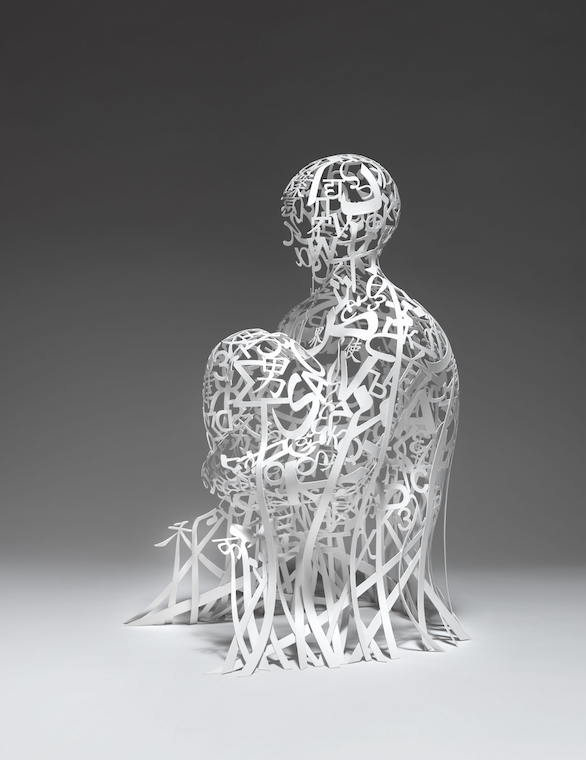
They talked about the future. Everyone talks about Jaume Plensa as a successful person. It is not an easy road. When you have more possibilities to do what you want, do you lose more sense of reality? Or, on the other hand, there is no such complicated dramatic tension...
My experience is that I have always done what I wanted to do at the time. I didn't realize I had more chances. It's a mystery. In the beginning I worked a lot with wrought iron and it was iron that I went to buy from the ironmongers because they were worth very little, since I didn't have enough money. Now that I do have more, I am dedicated to melting many more things. Anyway, I think I'm a black hole. I haven't walked into a bank in a thousand years. It is true that I have lost the notion of what money is. I have been fortunate that art has allowed me not to have to go to psychiatrists. My own work has transformed ghosts with ideas. Yes, it is true, that Laura, who is my colleague, has taken care of this part which is more complex and which I do not know.
Another issue is ego and creation. The artist must be somewhat self-centered, as he is constantly up against the void...
I must be very powerful as an artist and very humble as a man. This is the difference. If it's the other way around, bad.
As for the future, do you see yourself creating a foundation, creating a legacy or helping people who need it the most? And is there talent on the side?
I think it's very interesting. Every season of your life has a reason and a purpose, or you try to make sense of it. Now that I'm sixty-seven years old, I haven't thought about that yet. But it is possible in the not too distant future. I was a very good teacher when I was invited to teach, but after three months I quit. I have taught at the Art Institute of Chicago and the School of Fine Arts in Paris. But oysters, I lack the vocation of the day. I am very unstable, very chaotic with my emotions and my reactions. Yes, the legacy thing could be cute. But I still have struggles that I don't have resolved...
What relationship do you see in general between art and society? What do you think could be done in this regard?
Art is an organic thing. It is always moving and growing and decreasing. And sometimes it moves in the direction you didn't expect. This is the beauty of art itself. Each generation tries to start and find new senses and new directions in their thinking. And of all this little lights are left at night. I compare it to the decomposition of animal bones you find in the forest. From everything modern, small lights are being created that we later remember. When Miró, Tàpies or Gaudí were working in their studios, there were also many other people working like them, who were disintegrating and disintegrating... and in the end, their little lights remain, there in the middle of the night. I think this is the art world.
What challenges would you like to achieve in one way or another? You are a very poetic person but also very strategic...
The biggest success for me is being able to enter the studio with energy and a desire to work. Just the fact that I have enough energy to open the door every morning, I think it's amazing. As the French painter Paul Cézanne said "the most difficult thing for an artist is to go to sleep with an idea and wake up with the same one". For the month of April I'm opening a fantastic exhibition in Chicago. And for June in the city of Mons, Belgium. I will also inaugurate the Oscar Niemeyer Museum in Curitiba (Brazil), where some enormous six and seven meter pieces will be exhibited inside the space. I have to admit that I have a super rich and full life. On the other hand, I am also doing a beautiful project for the University of Notre Dame (Indiana). I think there are projects that will have me absolutely hooked this year. Apart from that the most important thing is that you open the door every day and believe that it is worth it and has interest.
Your studio is bigger, there is more infrastructure.
It must be said that I have more ideas than capacity to make them. It's true that the sculpture is breathtakingly slow... it gets on my nerves because I'm a rather impatient person. Painting is more agile, more dynamic. The sculpture has a slow process, it's almost like a farmer... with the fact that it has to be cultivated. I have to say that over time I have adapted to my life as a sculptor even though it has been difficult. I think that you and Ricard met in Miami... when a sculpture was inaugurated that was given as a gift by the benefactor, Norman Braman (billionaire and founder of Braman Motorcars and of Philadelphia Pharmaceuticals and Cosmetics). At his house he asked me for a sculpture for a park in Miami. I have to say it was worth the wait, because when someone like Braman commissions a piece from you, you feel like it's been a reward for going all this way, apart from having a sense of pride and satisfaction. This return of energy is priceless and has been one of the great lucks of my life!!!
Patronage Law issue, it seems that it could be approved in May. It is a step forward to stimulate the creative process.
We're missing a bit of that. I have been artistically trained in the American world and there everything is private sponsorship. They have done better than us. I think they should let civil society intervene more in the cultural world. I consider that when this intervenes, the offer is diversified, since tastes are more diverse. Sometimes the Administration has a unique taste and this complicates the life of many other members of the culture. I have always been in favor of the integration of the private sector in the cultural world. Ever since, because I consider it to be the future. I would love for the Government to make such a law.
Another thing is the Statute of the artist, or of the cultural worker, sometimes they are not regulated.
There are so many details that we have to correct. We could talk for hours about all the little details that we need to correct. Just because it's being talked about, it's good. Little by little, we are making progress.
Your relationship with critics and criticism. You have many critics who have written about you. I have a book of interviews with articles from Montse Badia, etc.
I didn't do this, they did it with the gallery in Paris.
With your approval, right?
I usually prefer not to read reviews. Neither good nor bad. Laura reads it. When I see my wife's face I can tell if she is right or wrong. I'd rather look at Laura's face than read the review.

